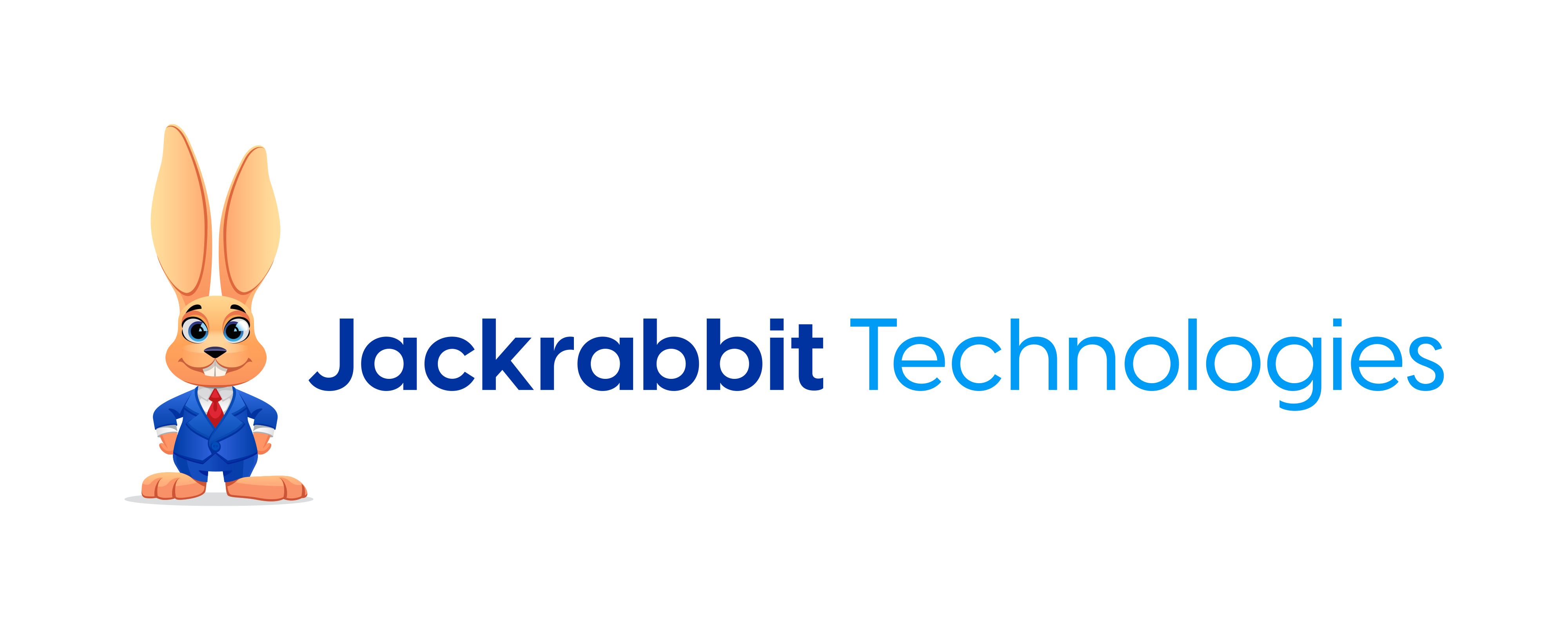An ePayment chargeback happens when your customer disputes a charge to their credit card from your organization.
Our data indicates that only a very small percentage of all of the ePayment transactions processed through Jackrabbit result in a chargeback.
While chargebacks cannot be completely avoided, and some consider this a cost of doing business, there are some things you can do to help reduce the number of chargebacks that affect your organization.
Facts
- Whether you win a chargeback or not, you will pay at least one non-refundable fee.
- Most chargebacks are considered "friendly-fraud". While there are times when a customer simply wants to 'work the system', more often in our business, the chargeback stems from poor communication.
- You have a better chance of winning the chargeback by responding promptly. You have a 100% chance of losing if you do not respond at all!
- Chargebacks are not always fair and often favor the cardholder.
- There are steps you can take to reduce chargebacks.
Chargeback Fees
When a cardholder initiates a chargeback with their bank, the money is immediately removed from your bank account and put in a temporary holding account for the cardholder. It is held there until a final determination is made.
Money coming out of your bank account may be your first indication of a chargeback. A non-refundable chargeback fee is also assessed by your gateway and will appear on your merchant statement.
An official chargeback notice may come by email or by snail mail, however, by the time you receive it you may not have much time to gather compelling evidence. If you miss the deadline, it’s too late to respond.
Always respond to the first notification of a chargeback promptly and contact your gateway provider if you have any questions.
If you win the initial chargeback, the funds will be returned to your account. The chargeback fee is NOT returned. If you lose the chargeback, the funds will be credited permanently to the cardholder.
If you choose to continue the fight, there will be more non-refundable fees assessed by the card brands (Visa or MasterCard, etc.). These fees are considerably higher. At this point, you must decide if it will be worth the fight based on the fees.
What Can I Do?
There are several very simple things you can do to help reduce the number of chargebacks you receive.
| Card Expiration Dates |
It is up to the cardholder’s bank whether they will accept a transaction on an expired card or not. If the cardholder has a history of recurring charges from your organization, they will likely allow the charge to process, even though the credit card has expired. It's possible that a family could assume a charge won't go through on a credit card with an expired date and use that as a means to stop attending classes without notifying you. There are a couple of things you can do to help avoid this situation:
|
| Use Jackrabbit’s ePayments email notification features |
There are times when you might have accidentally charged a family in error and then voided the transaction. Be sure you have enabled your Voided Transaction email notifications setting. This will immediately let the family know a charge reversal is pending. Without this notification, they may call their bank and say they didn’t authorize the charge. |
| ePayment Policy |
We recommend you create a separate ePayment Policy and everything having to do with your ePayment policies should be included in the policy. This should include when you will charge their cards, how you handle refunds, if you apply late fees, etc. They must give you permission to charge their cards on a recurring basis so word it accordingly. |
| Policies Agreement Date |
Families should sign off on policies when they register and enroll in classes. Be sure to keep your ePayment Policy current and up to date. Create a new policy version when you need to make an update, this will prompt your families to reagree to the policy in the Parent Portal. The banks will need to see that your policies are current. You will want to send this as compelling evidence to the bank as part of your response. |
| Merchant Descriptor |
Make sure your merchant processor has a good “descriptor” for your account. This is the name that will appear on your customer's credit card/bank account statements for charges made by your organization. This should be your DBA (doing business as) name. It does not necessarily need to be your “legal” name. It should be something your customers will recognize as being you. |
| Be Open to Communication |
Let your families know they should contact you whenever they have a billing question, you can often resolve the issue without them contacting their bank. Be prompt and responsive when they contact you to cancel a class. Use your best judgment when faced with a threat to initiate a chargeback and what it will really cost you in time and resources. Chargebacks are never guaranteed to go your way and will always cost you something. |
| If a family is successful with their chargeback, you will need to record it on their family record. Learn how to Record an ePayment Chargeback in Jackrabbit. |
